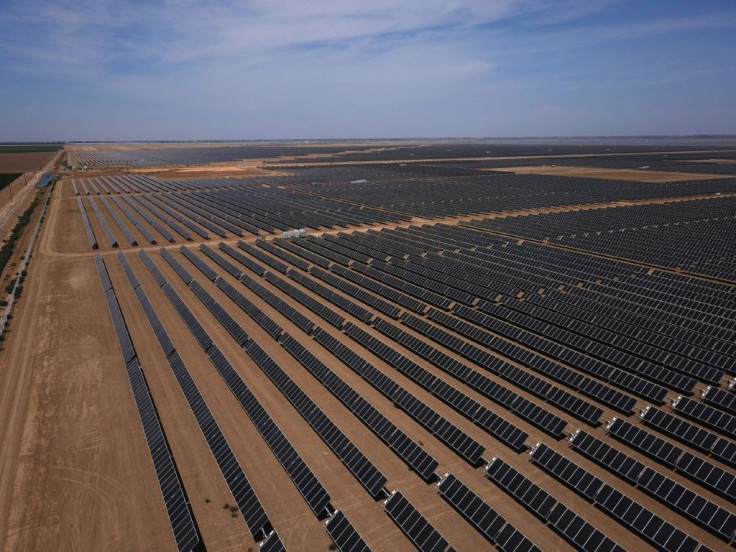Solar Could Comprise Almost Half US Power By 2050, Govt Says
Solar power could account for nearly half of the United States' electricity supply by the middle of the century, according to a government study released Wednesday.
The report, released by the Department of Energy, said solar could account for much as 40 percent of the power supply by 2035 and 45 percent by 2050, up from its current level of just three percent.
However reaching this level would require the United States to quadruple its annual solar capacity additions, the department said in a statement.
This future also depends on extensive public investments, as well as policy changes to disincentivize carbon-based energy, the department added.

"The study illuminates the fact that solar, our cheapest and fastest-growing source of clean energy, could produce enough electricity to power all of the homes in the US by 2035," Secretary of Energy Jennifer Granholm said.
"Achieving this bright future requires a massive and equitable deployment of renewable energy and strong decarbonization polices -- exactly what is laid out in the bipartisan Infrastructure Investment and Jobs Act and President Biden's Build Back Better agenda."
The report comes as President Joe Biden presses for aggressive action on climate change and renewable energy as Congress debates massive proposals to overhaul the country's infrastructure and social services.
Biden highlighted the need for action during a visit Tuesday to parts of New York and New Jersey ravaged by Hurricane Ida last week, saying the world faces a "code red" danger on climate.
The report came as the Solar Energy Industry Association on Wednesday called for aggressive action to expand solar capacity, including a long-term extension of the solar investment tax credit and other policies promoting clean energy.
© Copyright AFP 2024. All rights reserved.







